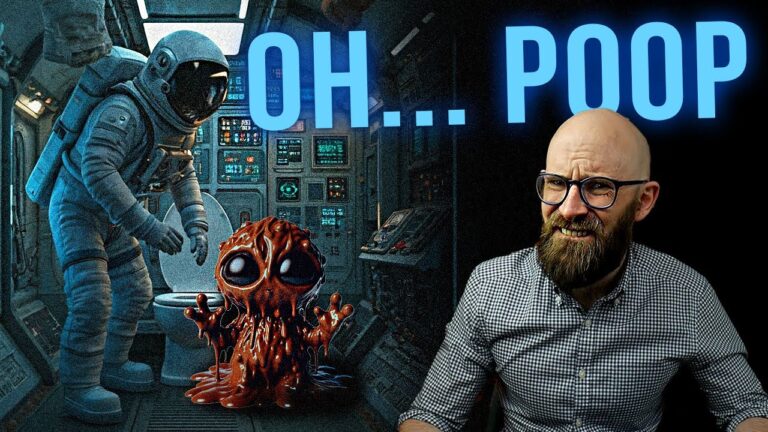“Gravity-Defying Dilemmas: The Ingenious Solutions Astronauts Use to Conquer the Ultimate Space Challenge!”
“There’s always the possibility that in maneuvering around in a suit you can end up pulling off the condom, and there’s always — we have three sizes you know, small, medium and large — in diameter, and there’s always this little ego thing about which one you do pick. Of course the smart guy picks the right size, because it’s very important. But what happens is, if you get too small a size it effectively pinches off the flow and you just turn yellow because you can’t go; and if, on the other hand you’ve got an ego problem and you decide on a large when you should have a medium, what happens is you take your first leak and you end up with half of the urine outside the bag on you. And that’s the last time you make that mistake. So it’s a cute little trick there.”
Whatever the case, McBarron’s UCD was first used during the February 20, 1962 Mercury-Atlas 6 mission, during which astronaut John Glenn became the first American to orbit the earth. Over the course of his three orbits, Glenn used his UCD once, depositing 756 millilitres of urine into the collection bag. Remarkably, this is over 30% greater than the capacity of the average male bladder – a result of the strange effects of microgravity on human physiology. Normally, gravity pulls urine towards the bottom of the bladder, causing the walls to gradually expand. When the bladder is approximately two-thirds full, nerves begin to register this expansion and signal the body that it is time to urinate. In microgravity, however, urine tends to collect in a sphere, and does not begin to press on the walls until the bladder is already far beyond its regular capacity. While overshadowed by his other achievements, in its own modest way John Glenn’s orbital whiz was a milestone in space systems engineering – which is probably why his UCD has been on public display at the National Air & Space Museum in Washington, D.C. since 1970.











